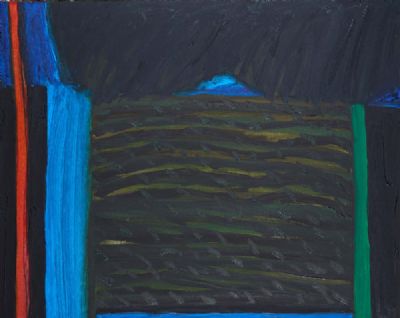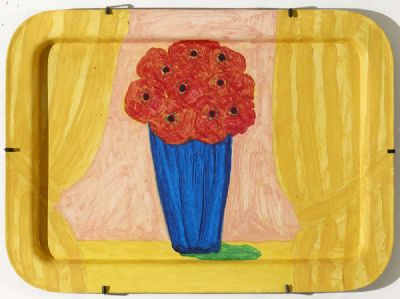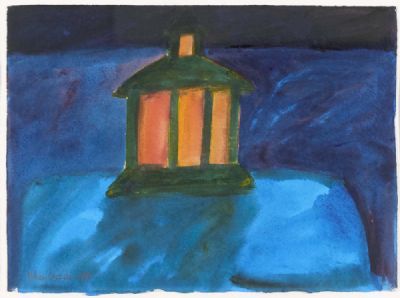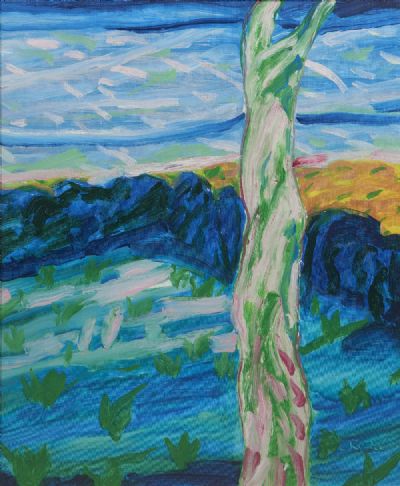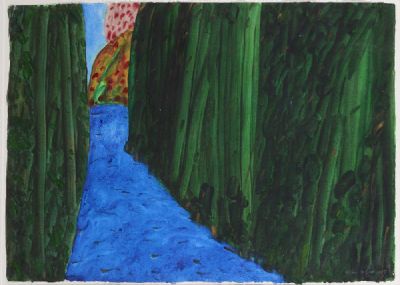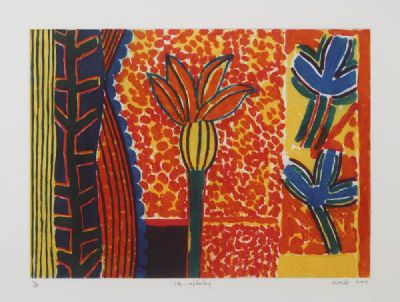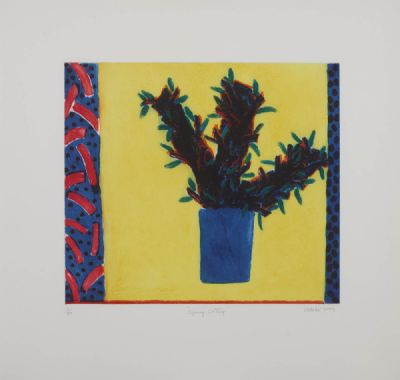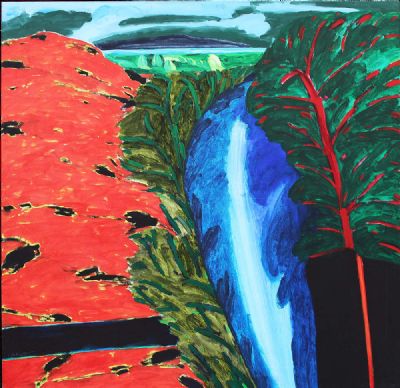William Crozier
William Crozier was born in Scotland in 1930 to Irish parents and studied at Glasgow School of Art between 1949-53. Though he initially moved to Paris he soon left for Dublin and London and settled in Ireland. The greatest influence on his work is theatre and stage design, visible through his use of lighting, scale and to a degree his interpretive approach. He is best known as a lyrical landscape artist with his main site of work being his home in West Cork.
He self-identified as a European living at home and has evaded linear categorisation in terms of national or artistic style. His most apparent influences are those of Pablo Picasso (1881-1973), Kazimir Malevich (1879-1935), German Expressionism and to a lesser degree the Early Renaissance and Fauvism. He was heavily influenced by French writers such as Jean-Paul Sartre (1905-1980).
Of his work he says in 2002 "Exile has been my life. I have always felt in a permanent state of exile. And that's what my work is about. It's about a sense of loss, a problem of identity, a longing for a world that perhaps never existed."
Though Crozier came to prominence late in life, at the age of 60, his lyrical landscapes have been widely exhibited through the United Kingdom, Ireland and Europe. Among other accomplishments, he was awarded the Premio Lissone in Milan and the Oireachtas Gold medal for Painting in Dublin. In 1991 the Crawford Gallery, Cork and Royal Hibernian Academy, Dublin held a joint retrospective of his work. By the time of his death William Crozier was a prominent figure in Irish art.
Read More
He self-identified as a European living at home and has evaded linear categorisation in terms of national or artistic style. His most apparent influences are those of Pablo Picasso (1881-1973), Kazimir Malevich (1879-1935), German Expressionism and to a lesser degree the Early Renaissance and Fauvism. He was heavily influenced by French writers such as Jean-Paul Sartre (1905-1980).
Of his work he says in 2002 "Exile has been my life. I have always felt in a permanent state of exile. And that's what my work is about. It's about a sense of loss, a problem of identity, a longing for a world that perhaps never existed."
Though Crozier came to prominence late in life, at the age of 60, his lyrical landscapes have been widely exhibited through the United Kingdom, Ireland and Europe. Among other accomplishments, he was awarded the Premio Lissone in Milan and the Oireachtas Gold medal for Painting in Dublin. In 1991 the Crawford Gallery, Cork and Royal Hibernian Academy, Dublin held a joint retrospective of his work. By the time of his death William Crozier was a prominent figure in Irish art.
Read More

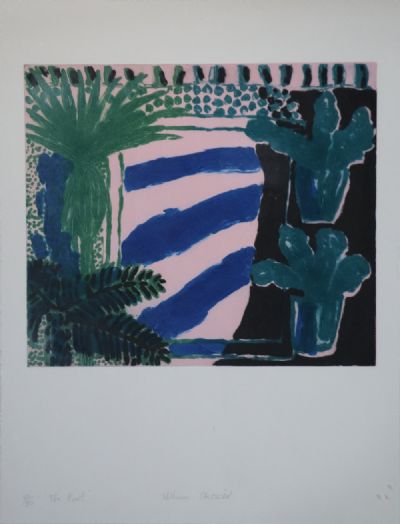
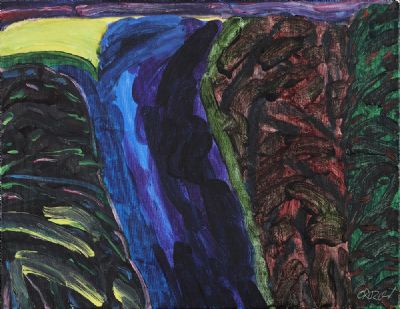
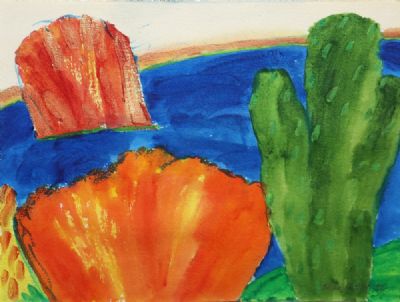



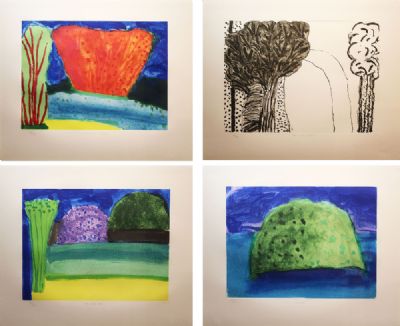
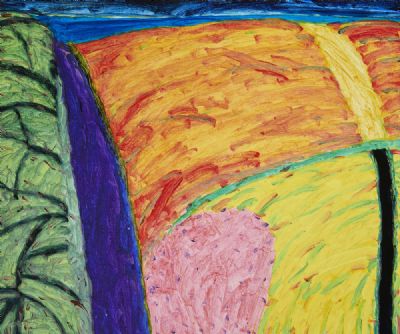
![COLLUM'S FIELD [FALLEN TREE] by William Crozier sold for €11,500 at deVeres Auctions COLLUM'S FIELD [FALLEN TREE] by William Crozier sold for €11,500 at deVeres Auctions](/images/auction/1902/11-sm.jpg)
